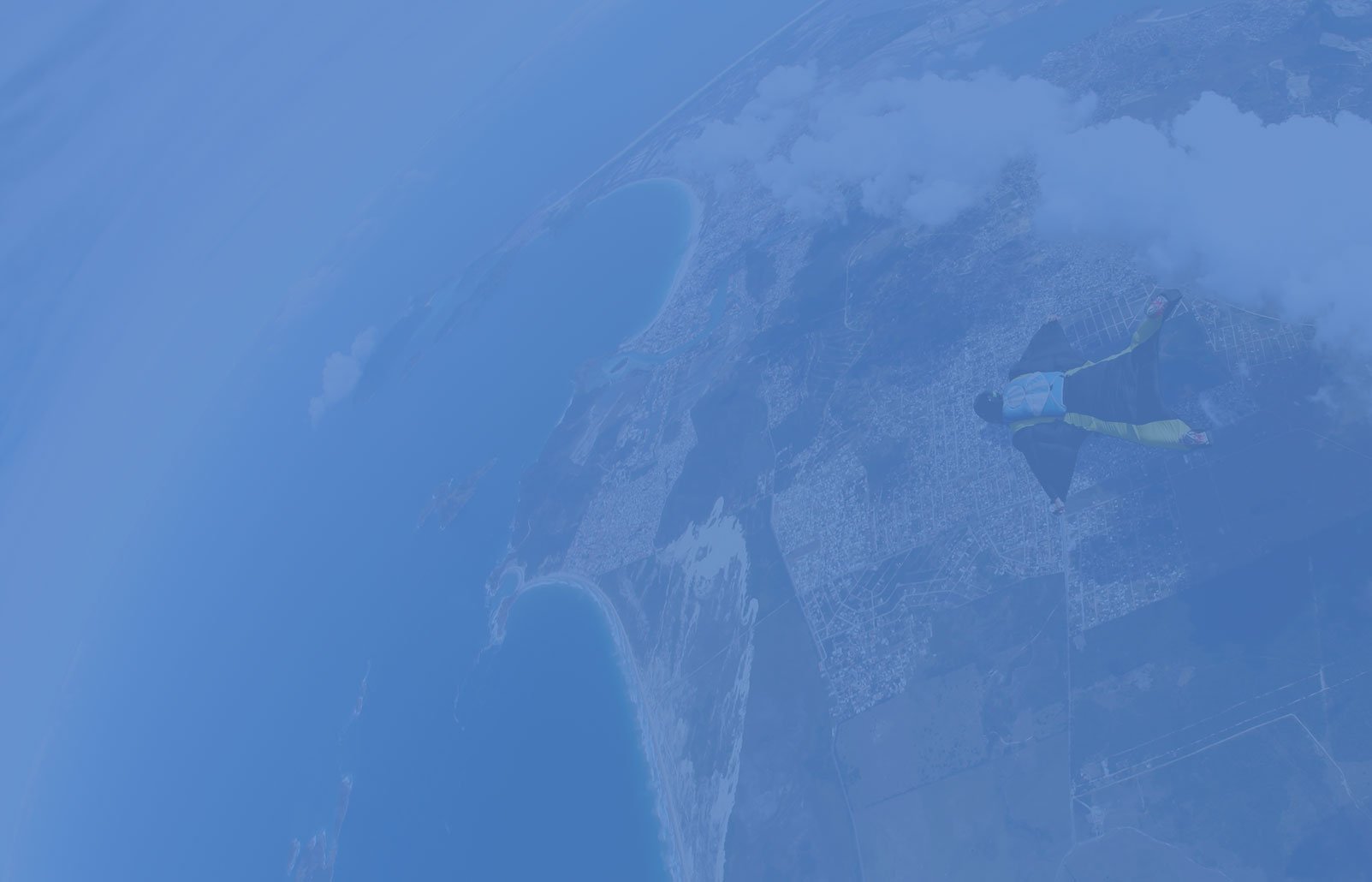In part 1 of this 3-part blog, I explored what’s required for a successful launch – whether for a company, product or service. This second installment focuses on making sure the bases are covered for launch day.
Here are some things to know:
- Slides: Prepare a presentation that explains the product or service, why it is important, who will be impacted/benefit from this solution, some company background, information on the company players, any funding information, and any big-name (preferable, but not always required) customers and/or partners you have.
- Release: Be sure the press release includes the key messages, a compelling headline, and is in good shape by two weeks prior to launch. It does not have to be 100 percent complete but should be close enough to final so it can be shared, under embargo, with interested parties. Always understand that an incomplete version could be the one that gets published and so you need to be comfortable with that. The PR team will send the final version of the news, usually pointing out any significant changes from the prior version (e.g. “The customer quote from XXX was added to this version”).
- Time: Be certain spokespeople are available to talk. Check their schedules for holidays, vacations, shows or customer meetings that may take up big chunks of time. Be sure to plan launch day and the weeks leading up to it so the spokespeople have as much time as possible to speak with the press, who may be on deadline or who may have very limited availability (“I can give you 15 minutes on Tuesday at 3 PM eastern” is not an unheard-of request from a busy reporter).
- Analysts: The interested parties referenced above for briefings in advance should include relevant industry analysts. They can often provide valuable insights about how you talk about your product, service or company before you start briefing the press. They may be briefed up to two weeks prior to launch, typically.
- Press: The other set of interested parties are the reporters and editors who are good candidates to cover your news. Giving them the opportunity to look at the press release in advance – with a verbal or written (email is sufficient for credible publications) embargo making clear the day and time the news will be announced. Many reporters will agree to honor the embargo for up to one week.
- Visual Assets: Have your images or multimedia assets readied and finalized at least a day or two in advance of the news launch so they can be sent off to those you have pre-briefed and included as an asset with the press release as it crosses the news wire.
- Other Assets: Have backup materials readied on your site so you can provide links to them in the press release. Additional assets might be links to product specification sheets, customer testimonials or use cases, links to the executive team members, additional multimedia or photo assets, white papers, blogs, survey results, and more.
- Social Media: Research relevant social media tags, and have social media posts written, approved, and queued up for release on the day of the announcement and for the days that follow. Tweetdeck and other sites work well for advance scheduling.
- Website & Blogs: Ensure the website or any pages relevant to the launch are flawless for launch day. Create a blog or two about the news that is timed to coincide with the press release crossing the wire.
- Sharing: The PR team will distribute the final version of the press release with targeted messages to relevant media once the news crosses the wire to reach any parties who were unable to meet previously or who would not agree to the embargo, as well as secondary outlets.
- Review and Assess: Review coverage, assess what worked and what didn’t and gear up for the next piece of news.
In part 3, I will explore how companies can determine launch readiness. In the meantime, if you are ready to rock and roll with a launch, give Rainier a shout!







